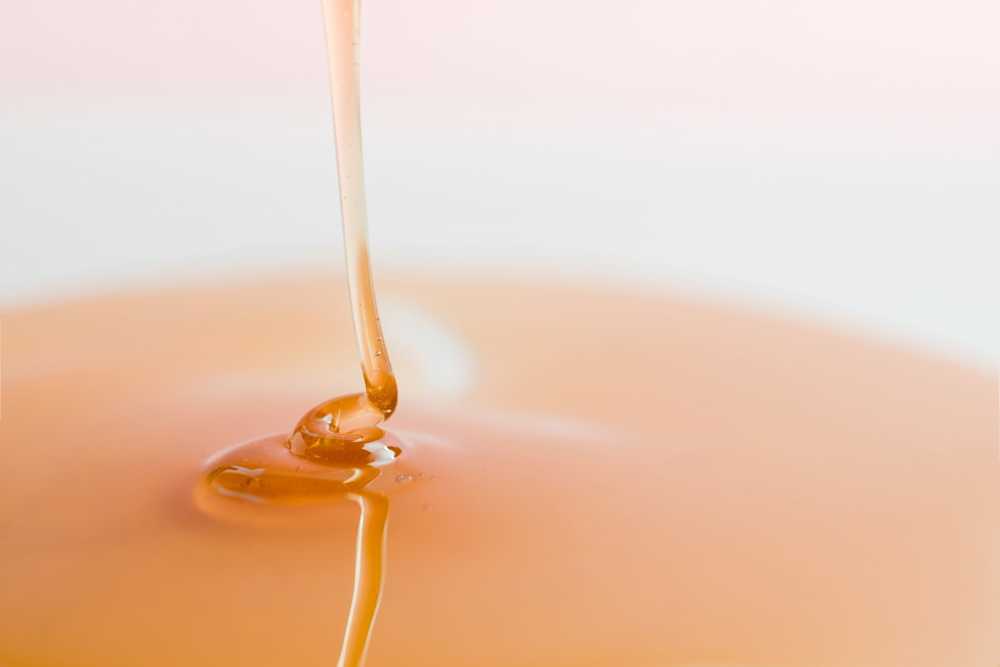Viscosity is a key property that defines how fluids flow, making it essential for understanding and predicting fluid behavior in various applications. Several industries rely on viscosity testing for quality control, research and development, and process optimization.
Examples of situations where viscosity should be assessed include the following:
Evaluating the spreadability of pastes and the texture of sauces in the food industry.
Measuring the flow rate of medications through syringes in the pharmaceutical industry.
Ensuring smooth application and absorption of creams in the cosmetics industry.
Optimizing lubricant efficiency and fuel flow in engines within the automotive industry.
Determining process flowability through spray nozzles of paints and coatings.
Optimizing polymer processes like extrusion and molding in manufacturing industries.
Viscosity is highly sensitive to temperature changes. Other key influencing factors include substance composition, possible additives and impurities, molecular size, pressure, shape, and intermolecular forces. Depending on the type of fluid, viscosity may or may not be affected by external forces, such as shear stress.
Different types of viscosity
Viscosity can be defined and measured in several ways. The two main types of viscosity are the following:
Dynamic viscosity measures a fluid's resistance to flow when an external force is applied.
Kinematic viscosity is the ratio of dynamic viscosity to density, measuring a fluid's resistance to flow under its own weight or gravity.
Kinematic viscosity is used for Newtonian fluids, which exhibit a constant viscosity regardless of the applied force. The measurement is often essential for products like lubricating oils, glycerin, and gasoline to determine changes in viscosity under different temperatures and environmental conditions.
Dynamic viscosity is particularly valuable for understanding the behavior of non-Newtonian fluids, which exhibit properties that vary with the applied force or pressure. For instance, their viscosity can change in response to changes in flow rate or stress.
Measurement techniques
Several different viscometer setups can be used to determine the flowability properties of fluids. The following are examples of Measurlabs’ viscometry services and the types of samples they are most appropriate for.
Capillary viscometry
Capillary viscometers rely on gravitational force and are therefore used to determine the kinematic viscosity of ideally viscous, Newtonian fluids. They are usually made of glass and come in different variations of a U-shaped geometry. The most common types of glass capillary viscometers include Ostwald, Ubbelhde, and Cannon-Fenske.
During the measurement, a known amount of liquid flows through a capillary with known dimensions, and the time for the liquid to travel from one end to the other is measured.
Glass capillaries should only be used to measure the kinematic viscosity of liquids with ideal viscous behavior, like mineral oils, petrochemicals, and diluted polymer solutions. High-pressure capillary viscometry can be employed to analyze highly viscous liquids, such as sealants, adhesives, and polymer melts.
Rotational viscometry
Rotational viscometers are equipped with a motor system and can therefore act with higher forces than gravity, which makes it possible to analyze substances with highly viscous behavior. They are well-suited for measuring the viscosity of a wide range of different sample types, including oils, paints, resins, and a variety of food items. Rotational viscometers determine a fluid's dynamic viscosity by measuring its resistance to flow under an applied force.
In a typical rotational viscometry measurement, a rotating spindle is placed into a cup containing the sample fluid, and the device measures the torque that arises from the sample's flow resistance against the specified rotation speed. The resistance encountered by the spindle as it rotates is used to determine the fluid's viscosity.
Rotational viscometry spindles come in various geometries, such as cylinders, disks, cups, and T-bars. The Stanbinger viscometer is an example of a rotational viscometer with a cylinder geometry. It can be used for simultaneous density and dynamic viscosity measurements, which are used to calculate kinematic viscosity automatically.
Rotational rheometry
Rotational rheometers offer a comprehensive understanding of materials’ flow behavior, and they should be used when detailed information about rheological properties is required. In addition to viscosity, rotational rheometers provide information on parameters including elasticity and shear stress.
The three most common rotational rheometry geometries are:
Cone and plate, which is generally suitable for all types of liquids, as long as the particle size of suspended particles is not too large.
Parallel plates, which is suitable for pastes, soft solids, gels, and polymer melts.
Concentric cylinders, which are suitable for liquid samples.
Viscosity testing standards
Using widely recognized industry standards improves the comparability of viscosity test results. The following are examples of popular standardized measurements:
DIN 51659-2 for determining the kinematic viscosity of oils with a Stabinger viscometer
ISO 2909 for calculating the viscosity index of petroleum products
ISO 1628 for determining the viscosity of polymer solutions using a capillary viscometer. Different parts of the standard outline the conditions (solvents, temperatures, etc.) for testing different polymers.
ISO 5351 for determining the limiting viscosity number of pulp solutions
ISO 3104 and ASTM D445 (corresponding methods) for determining the kinematic and dynamic viscosities of petroleum products
Measurlabs offers viscosity testing services for a wide variety of materials with both standardized and custom methods. Do not hesitate to contact our experts through the form below for more information.

